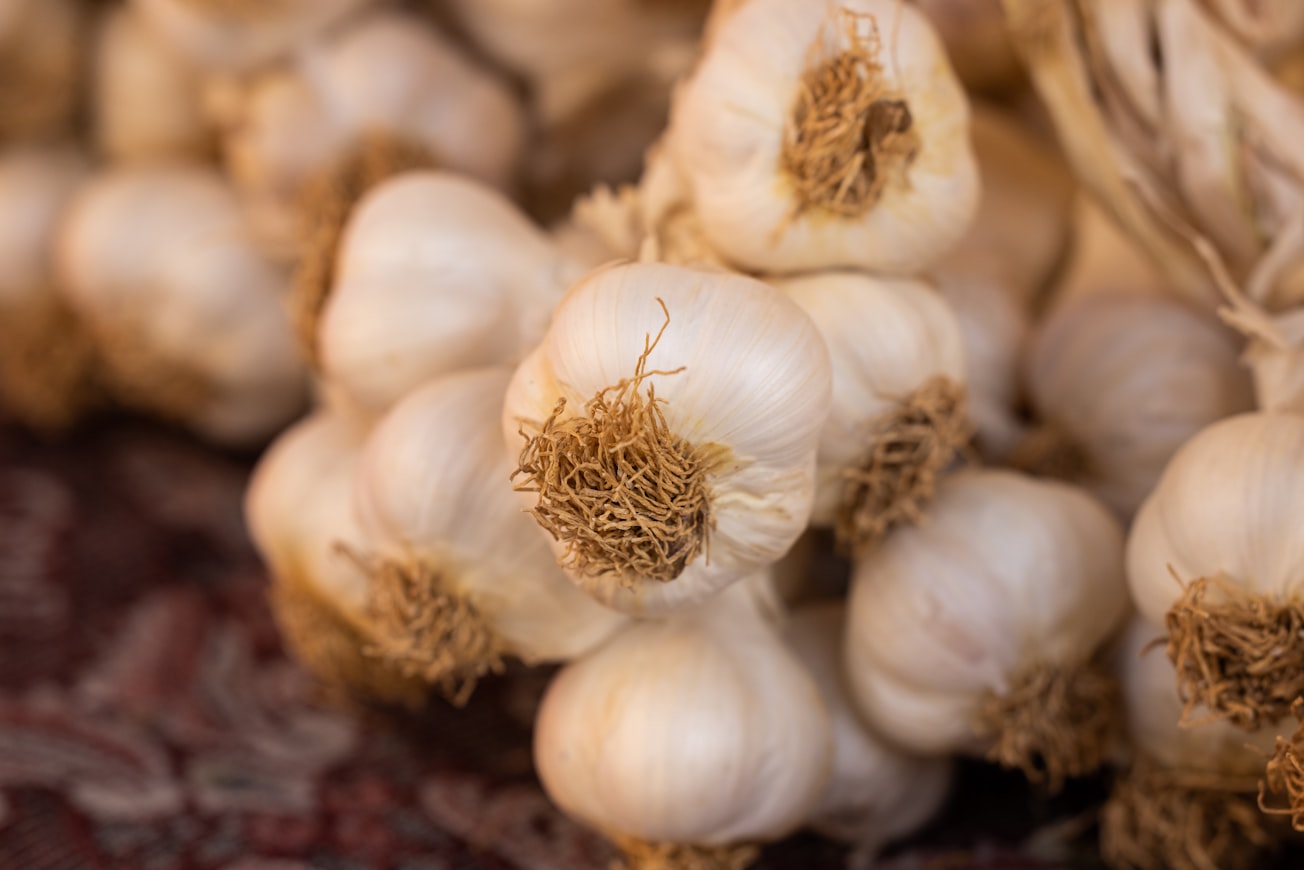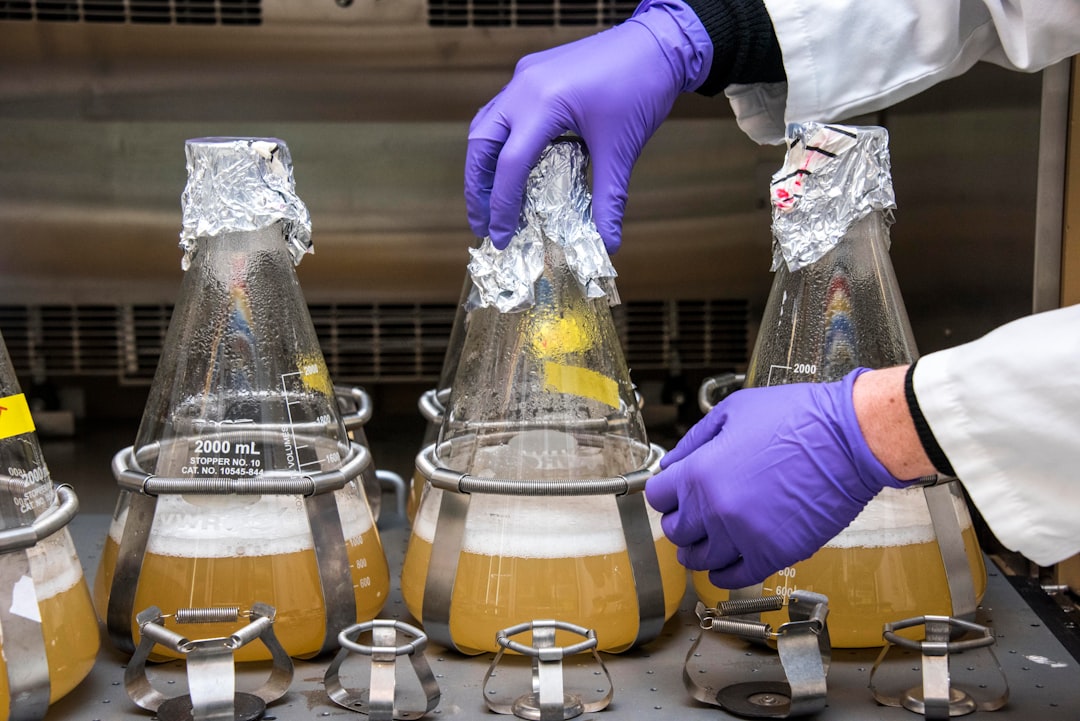What is it about?
In this research, 21 garlic genotypes were evaluated for their tolerance to nutrient stress under the organic system. Nutrient stress was mediated by organic implementation where two nutrient sources were applied in a newly reclaimed soil; nutrient source-A (plant-derived compost) and B (plant-animal-derived compost). Nutrient stress was adjusted in line with levels, A-1 and B-1 (100% N) and A-2 and B-2 (50% N).
Featured Image

Photo by engin akyurt on Unsplash
Why is it important?
it is very important to screen the available garlic genotypes for their nutrient stress tolerance and adaptability in order to recommend genotypes that can be cultivated in newly reclaimed soil or to use nutrient stress-tolerant/adaptable genotypes in organic systems breeding programs.
Perspectives
The aim of this research is to determine the extent of genetic variability for nutrient stress tolerance or adaptability among different white-skin and colored skin genotypes using an organic agriculture system. Plant growth, bulb and yield characteristics, N use efficiency and agronomic efficiency of N, stress tolerance indices, and correlation was examined for twenty-one genotypes in the presence of different nutrients levels using organic treatments to evaluate the varying degrees of nutrient stress tolerance and organic system adaptability among the genotypes.
Haitham Zaki
Minia University
Read the Original
This page is a summary of: Correlation and tolerance of garlic genotypes under nutrient stress conditions induced by organic farming, Agronomy Journal, August 2021, Wiley,
DOI: 10.1002/agj2.20798.
You can read the full text:
Contributors
The following have contributed to this page










